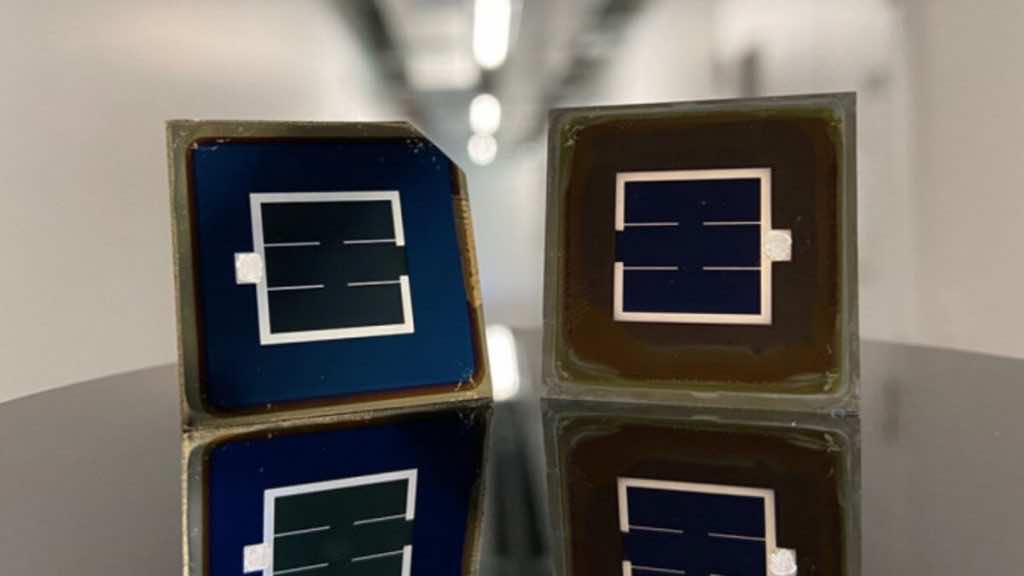The Thin Film Electronics Laboratory has recently collaborated with EPFL’s Photovoltaics along with the endeavors of innovation center CSEM, and as a result, it came out that the efficiency record for “tandem silicon perovskite solar cells” has been broken for the first time. Through their planned cooperation, the 30% efficiency record has been exceeded as a result of the experiments performed on two different designs of solar cells. Not only this, they have made their names in the “two certified world records” by achieving this breakthrough with the help of low-cost materials.
Christophe Ballif, who is acting as the head of the EPFL Photovoltaics Laboratory and CSEM’s Sustainable Energy Center, expressed his thoughts in a press release, “We have passed a psychological barrier. We have validated experimentally the high-efficiency potential of perovskite-on-silicon tandems. The 30 percent efficiency mark has already been achieved with other types of materials, namely III-V semiconductors. However, these materials and the processes used to make them are too expensive to sustain the energy transition – these devices are a thousand times more expensive than silicon solar cells. “
One of the big talking points of this research is that the efficiency of tandem silicon perovskite solar cells was tested on two different designs by the firms, and they succeeded in their mission. A perovskite layer was created from a liquid solution and then deployed on a flat silicon surface in the first design. This in turn attained a 30.93% efficiency for a 1 cm square layout cell. On the other hand, the second design encompasses an efficiency of 31.25% for the same 1 cm square solar cell, and it was achieved by using a hybrid vapor and liquid solution plan to coat perovskite onto the silicon surface, which was already textured. The two designs proved effective in testing the efficiency parameters and have exceeded the limits set by the EPFL and CSEM.
While silicon is the most widely used and primary material in solar cells that stands out at an efficiency level of about 29% when proved theoretically. But when using this technology for real-time purposes, then it gives an efficiency measure of about 27%, which is far less from the standpoint of delivering maximum output. Therefore, to cater to this issue, “tandem solar cells” have been manufactured by scientists by adding complementary solar cells to silicon.
According to Cristian Wolff of EPFL, “Tandem perovskite-on-silicon technologies have been said to have the potential to exceed the 30% efficiency benchmark, but this is the first time this long-predicted potential has been demonstrated, which should hopefully pave the way for even cheaper sustainable electricity in the future.”
Now, there is a need to test this technology to deploy it on a large scale, and the efforts are continuing, and there is no doubt that this proven breakthrough will further open new doors of opportunity for solar cells. As said by Ballif, “Our results are the first to show that the 30 percent barrier can be overcome using low-cost materials and processes, which should open new perspectives for the future of PV.”

